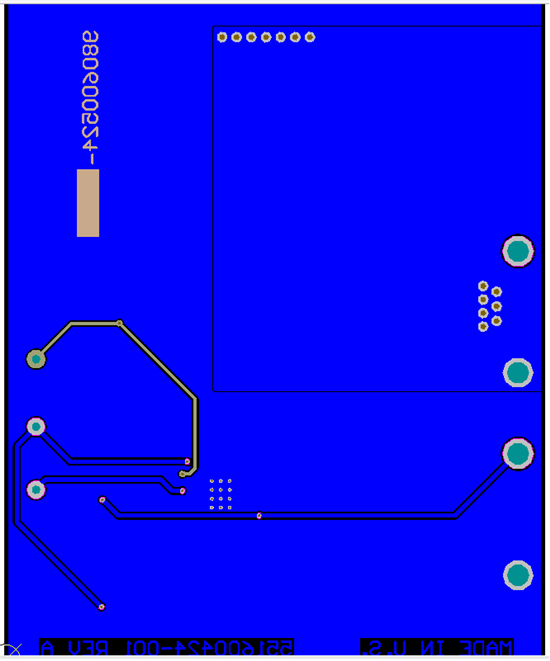> Hello,
I have made a board using different LM25575 to manage the power supplies from a PLC backplane providing 24Vdc as shown herebelow:
- A first stage converts 24Vdc to 5Vdc,
- A second stage generates +12Vdc from the 24Vdc,
- A third stage converts the +12Vdc (from second stage) to -12Vdc.
During the power-up of the board, both +5Vdc and +12Vdc voltages are OK.
However, the Schottky diode (D3 on the schematic) of the 3rd stage has burned. We have replaced the diode with a 1N5818 but the output voltage is around +400mV.
Moreover, the diode voltage seems to be compliant with expected results (MOS open et diode close => inductor discharge) as shown on the plot below (note a 1/10 voltage probe is used) :
The frequency is also good, around 550kHz as expected with 9.09kOhm resistor on RT.
So, do you have an idea concerning the Schottky diode burning and the no -12V potential ?
Thanks in advance,
Best regards.
Alexandre



